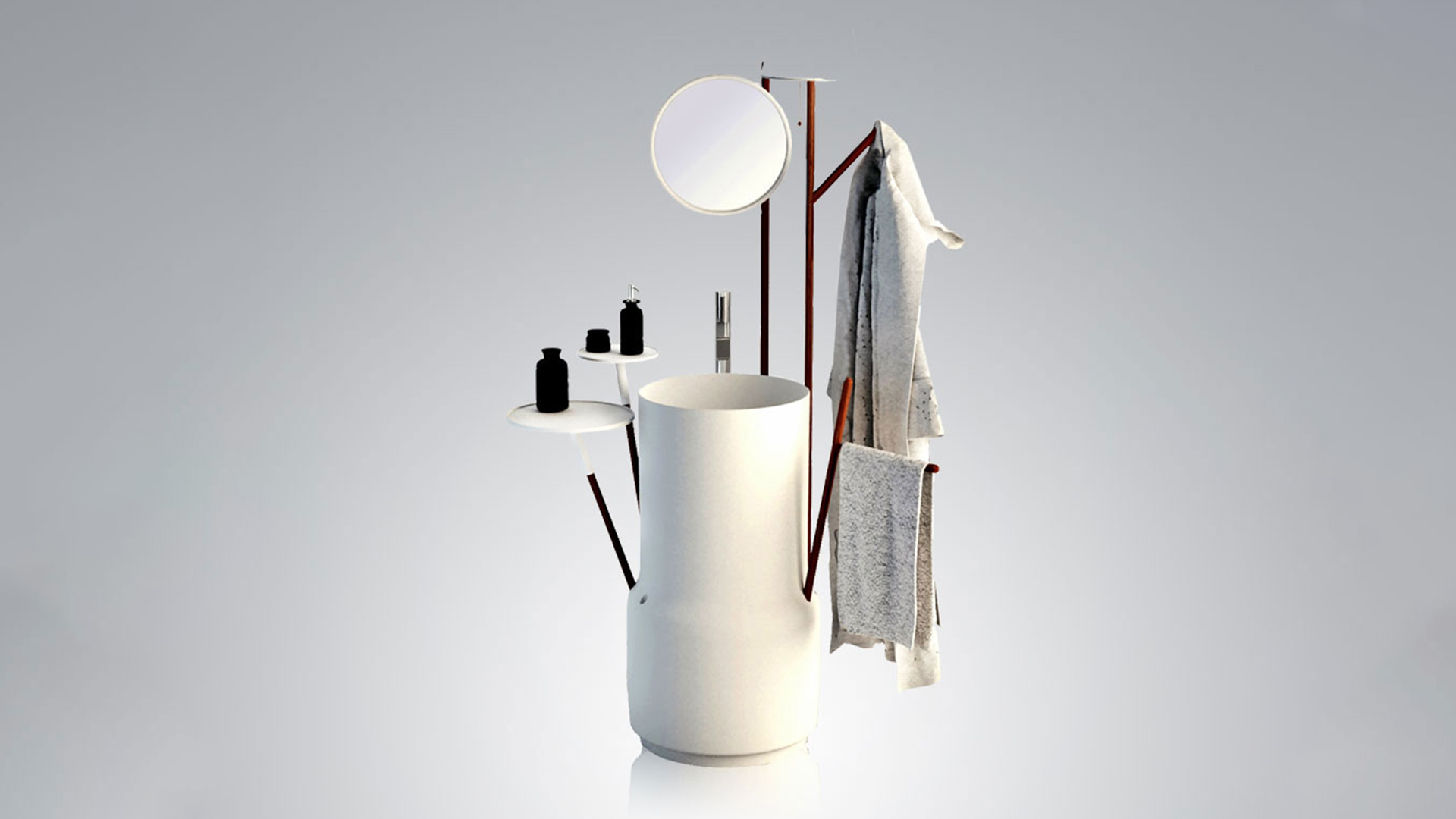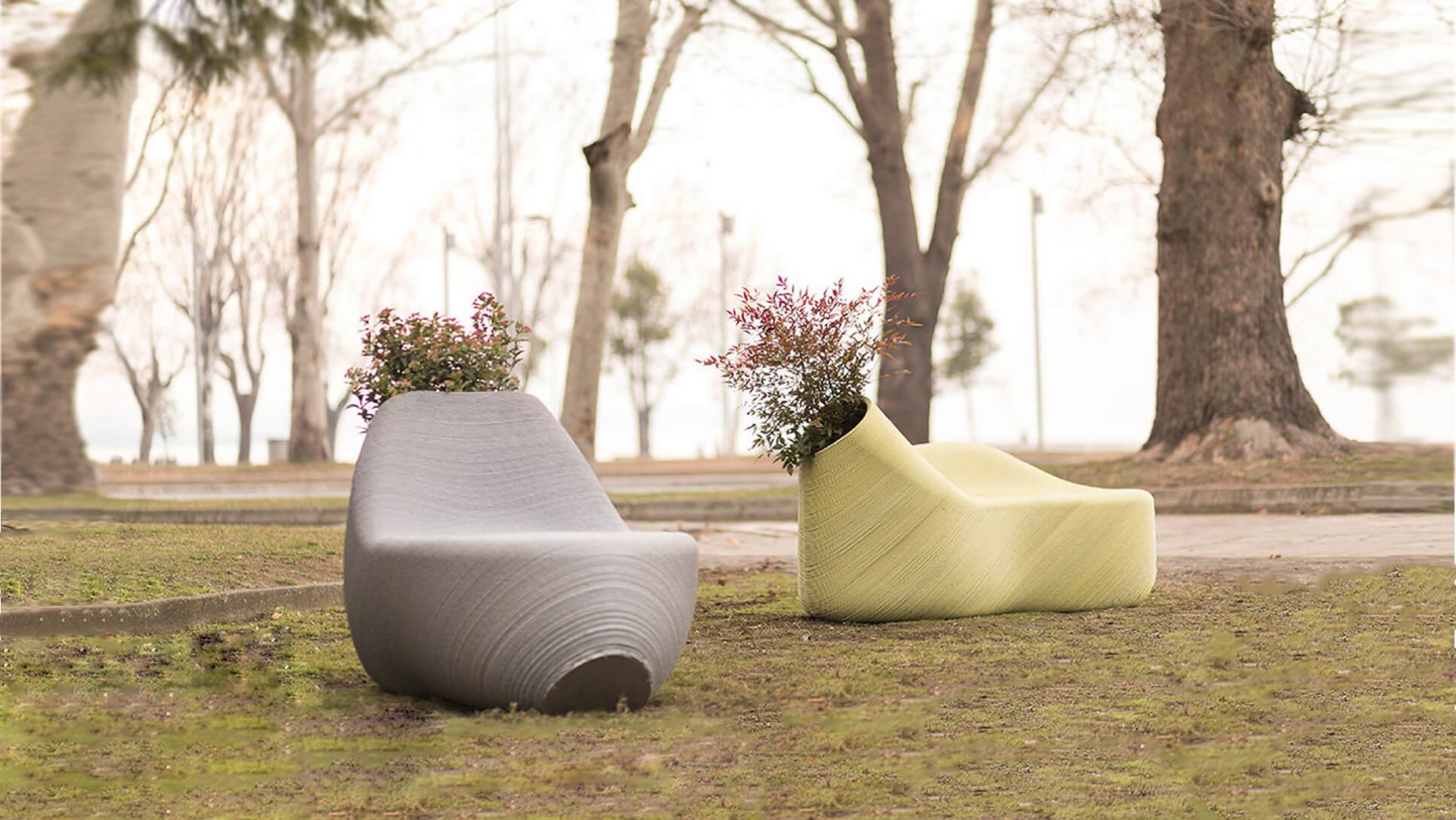This terraced sink makes it easier for one-handed users to wash up
Moray is a statement kitchen that provides leverage to one-handed users when washing dishes.

Washing the dishes might feel like a chore but for people with one hand, it can sometimes feel like an insurmountable task, this is where the Moray sink comes in. When the kitchen sink was invented hundreds of years ago, it wasn’t designed with amputees in mind and today most of the tools required for washing up excludes people born with one arm and patients suffering from a stroke or other injuries.
“If an individual can only utilize one of their arms, exclusion in [the kitchen] environment can look like not being able to cut vegetables for a meal or even wash the dishes efficiently,” explains Natalia Baltazar who has designed a sink to overcome the lack of inclusivity and provide leverage to one-handed users when washing up.

The Californian designer approached the project in two different ways, first by looking at how various tools for washing dishes could be improved. Then, she studied how the environment for washing dishes could be adapted to aid the individual.
Investigating the balance between aesthetics and functionality, Baltazar created various concepts that incorporated elements of a standard kitchen sink like a double basin and interpreted them in new forms to benefit users with one arm before finally settling on a tiered design she has called Moray.

“I became heavily inspired by the landscapes created from terrace farming around the world,” she explains. “By implementing such landscapes into the basin design, I was able to explore and develop a form that could securely hold various types of kitchenware and also let the water run off easily towards the drain.”
Baltazar replicated the stepped terraces to create edges that outline each basin layer and can also be utilized as a point of leverage for users. In doing so she explored the implementation of angled surfaces, curved edges, and chamfers (symmetrical sloping surfaces at an edge or corners).

This smart design feature not only accommodates the various shapes of dishes but also makes the surfaces easier to clean. To wash utensils, Baltazar includes a narrow groove at the center of the sink, which can be used to secure the sponge in place whilst the user handles individual knives, forks, and spoons. Newer products and solutions in the assistive technology realm are constantly striving towards bringing more independence to people with disabilities every day. Although Moray is just a concept, we wouldn’t be surprised if this product was made a reality one day!











